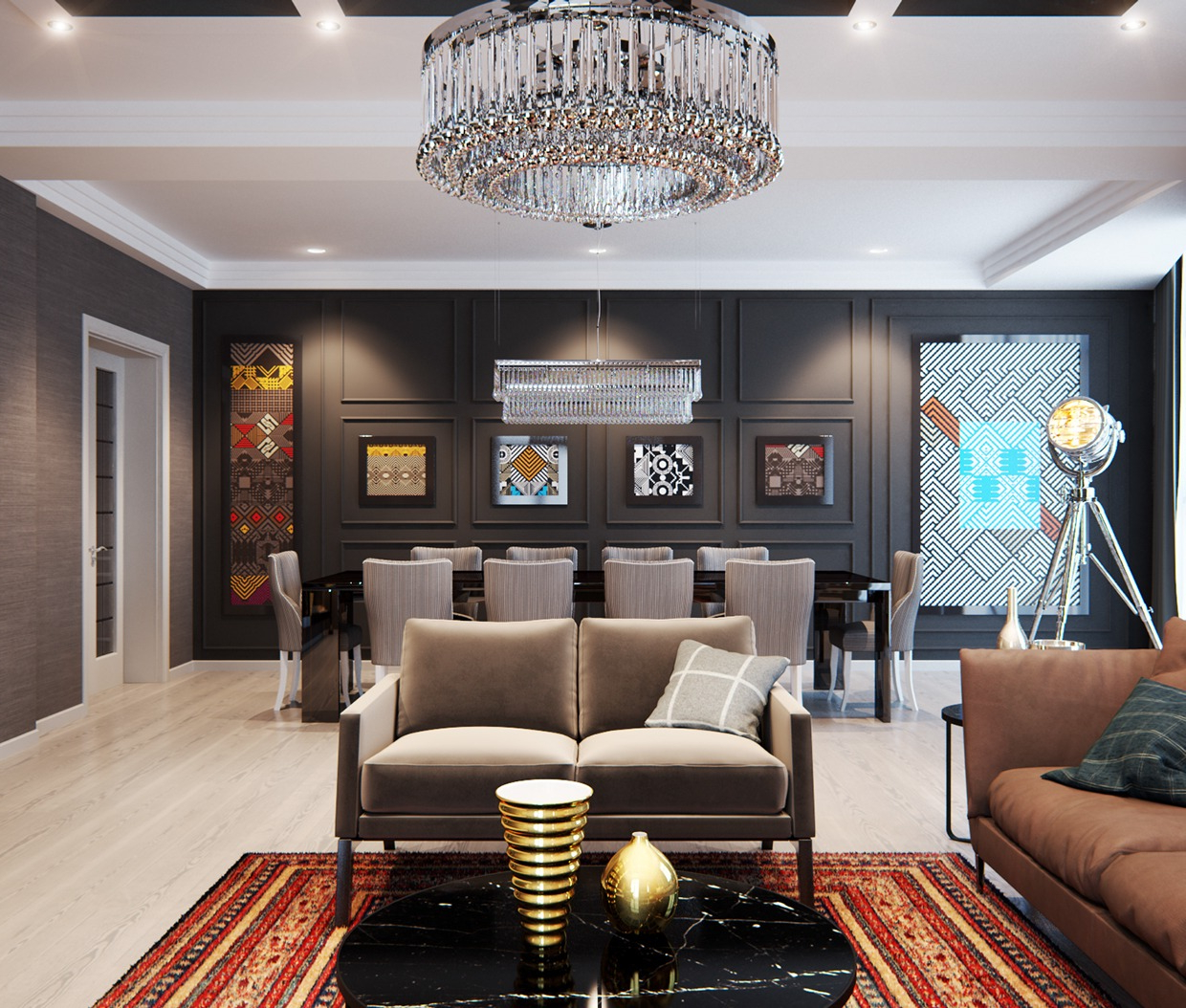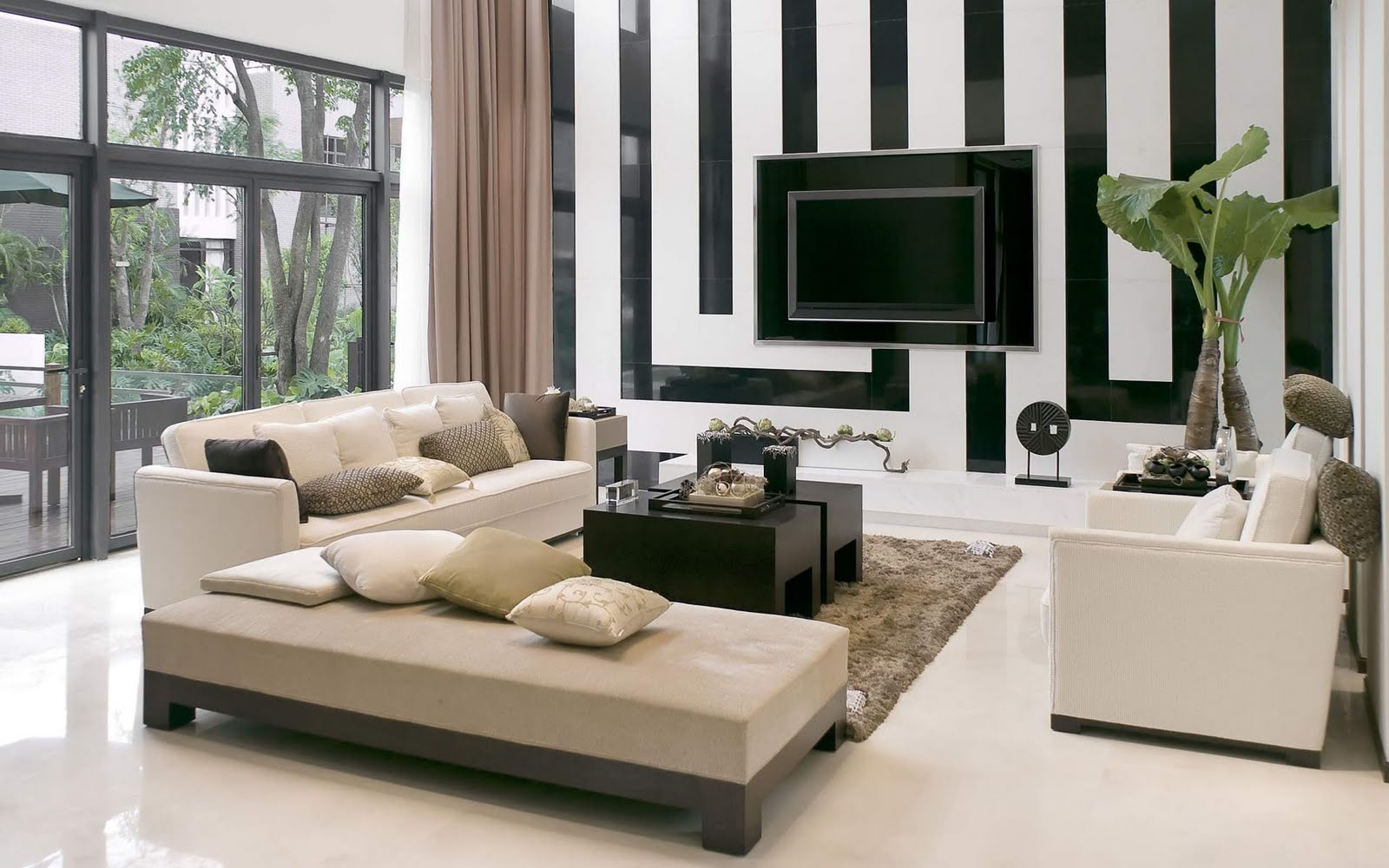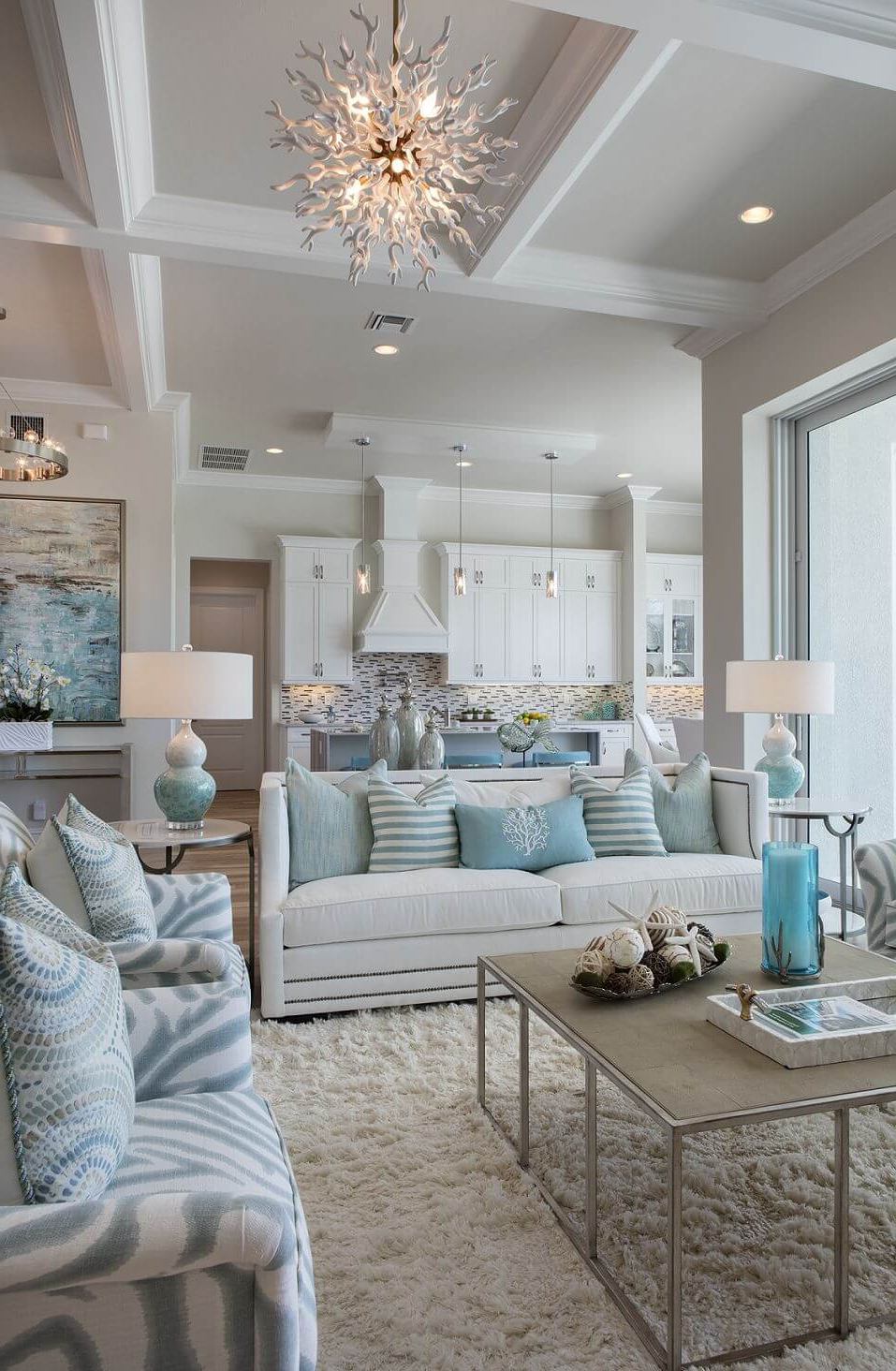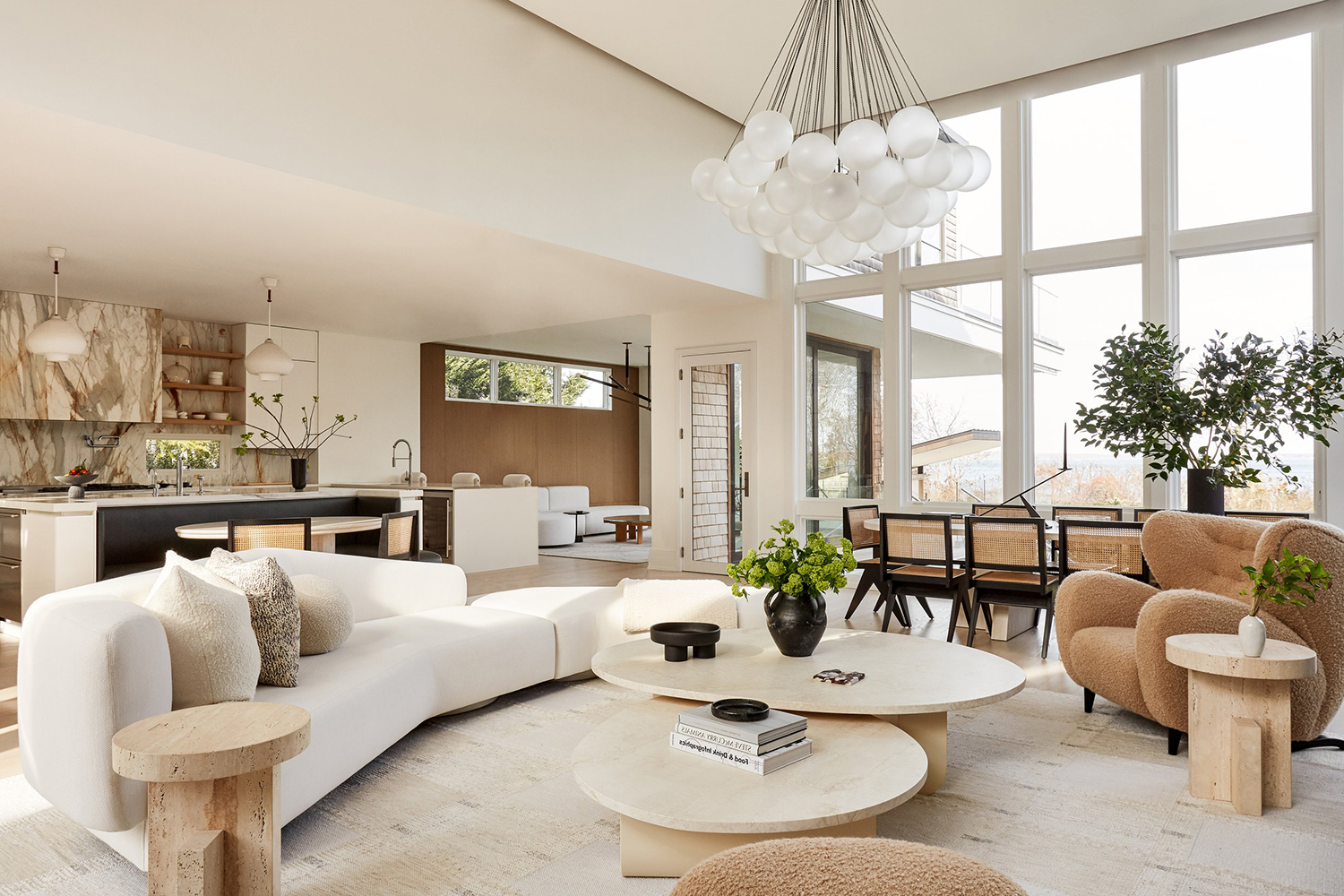Imagine walking into a room where every piece of furniture serves multiple purposes, where storage seamlessly blends with style, and where every inch of space works hard for you. That’s not just a dream anymore – it’s the reality of multifunctional furniture solutions that are revolutionizing how we think about interior design.
In today’s fast-paced world, our living spaces are under constant pressure. We want them to be beautiful, functional, and efficient all at once. The traditional approach of having separate pieces for each function simply isn’t cutting it anymore. Enter multifunctional furniture – those clever designs that do double, triple, even quadruple duty while keeping your home looking fresh and organized. Whether you’re dealing with a cramped studio apartment or a cozy family home, these innovative solutions offer practical answers to everyday challenges. Think about it – how many times have you wished for more storage, better seating options, or extra workspace without sacrificing style? Multifunctional furniture addresses exactly those needs with elegant simplicity.
The Rise of Multi-Purpose Furniture
What exactly defines multifunctional furniture? It’s not just about adding a few extra features to existing pieces. These are carefully crafted solutions designed to maximize utility while maintaining aesthetic appeal. The trend started gaining momentum in the early 2000s when urbanization and smaller living spaces demanded smarter solutions. Today, the market offers everything from coffee tables that transform into dining surfaces to beds that hide impressive storage compartments underneath.
The numbers tell a compelling story. According to recent market research, the global multifunctional furniture market is projected to reach $14.7 billion by 2027. This growth reflects changing lifestyle preferences and economic factors. People are increasingly aware that their homes should serve multiple purposes efficiently. The shift toward minimalism and decluttering culture has made smart storage solutions particularly appealing. Consider how often you’ve walked past a corner of your home that sits unused – multifunctional furniture can breathe new life into those forgotten spaces.
Space-Saving Masterpieces
Let’s talk about the magic of space-saving furniture. These aren’t just about fitting more things into less room – they’re about reimagining what’s possible. A simple example: a sofa bed that doubles as guest accommodation, or a dining table that expands when needed and folds flat for daily use. These aren’t just clever tricks – they’re practical responses to real-life situations.
One standout category is the storage ottoman. These look like regular footstools but open up to reveal hidden storage space. Imagine having a place to put away seasonal blankets, books, or even your laptop bag. The beauty lies in how seamlessly they integrate into existing decor. They don’t scream ‘storage unit’ – they blend naturally with the rest of your furniture.
Another fascinating development is modular furniture systems. These allow you to configure pieces according to your needs. Want a small office setup? Build it. Need more seating for guests? Add to the configuration. The flexibility means you’re never stuck with furniture that no longer fits your lifestyle.
Kitchen and Dining Integration
The kitchen and dining areas have seen some of the most exciting innovations in multifunctional furniture. Think about the modern home chef who needs to prepare meals while keeping the space looking inviting for guests. The answer often lies in cleverly designed kitchen islands that double as dining surfaces.
One particularly interesting solution is the convertible kitchen island. During the day, it might serve as a prep area with built-in appliances. At dinner time, it transforms into a formal dining table with removable leaves. The key is in the engineering – these aren’t just repurposed pieces but designed specifically for dual functionality.
Storage solutions in kitchens are equally important. Consider the pull-out pantry system that sits within a cabinet door. Instead of reaching into deep cabinets, you can access everything with a simple drawer pull. These aren’t just convenient – they reduce the stress of finding that one item you need.
Even the humble dining chair has evolved. Some now feature built-in storage compartments or even small side tables that fold away when not needed. The idea is that every piece contributes to the overall efficiency of your space.
Bedroom and Living Room Synergy
The bedroom and living room often share similar design challenges – how to create comfort and functionality without overwhelming the space. Multifunctional furniture bridges these two areas beautifully.
A prime example is the storage bed with integrated drawers and shelves. This isn’t just about hiding clothes – it’s about creating a complete organizational system. The drawers can hold bedding, while the upper shelves might display books or decorative items. The result is a bedroom that feels both spacious and well-organized.
Living room transformations are equally impressive. Coffee tables that serve as TV stands with hidden cable management are becoming standard. These pieces keep wires neat and out of sight while providing the surface space you need. The integration of technology into furniture design shows how far we’ve come in making everything work together seamlessly.
Another trend is the conversion of living spaces into work environments. The modern home office often requires furniture that can shift between work and relaxation modes. Desks that fold away during non-work hours, or chairs that can adjust from reading position to working posture – these are the kinds of solutions that make hybrid living arrangements possible.
Office and Workspace Solutions
Working from home has changed everything about how we think about furniture. The traditional office setup no longer fits the reality of modern lifestyles. Multifunctional furniture provides the bridge between productivity and comfort.
Consider the standing desk that converts to a regular desk with a simple adjustment. This kind of furniture supports better health outcomes while maintaining professional appearance. The ability to switch between sitting and standing positions throughout the day has become essential for many professionals.
Storage solutions for home offices have evolved dramatically. The classic filing cabinet is being replaced by modular shelving units that can accommodate computers, books, and personal items. These systems often include built-in power strips and USB ports, making organization and functionality go hand in hand.
The concept of the multi-purpose workspace extends beyond just furniture. A single piece can serve as a desk, a bookshelf, and even a room divider. The key is understanding how to integrate these elements into your workflow. When everything is within reach and properly organized, productivity increases significantly.
Practical Tips for Implementation
Ready to start incorporating multifunctional furniture into your space? Here are some practical steps:
• Start with your most frequently used rooms – kitchen, living room, bedroom
• Identify the biggest space challenges you face
• Look for pieces that solve multiple problems at once
• Consider the long-term flexibility of each purchase
• Factor in maintenance and cleaning requirements
One common mistake people make is buying too much at once. It’s better to start with one or two key pieces and see how they work in your daily routine. For instance, if you struggle with storage, begin with a storage ottoman or a multifunctional bench.
Budget considerations matter. While high-end pieces offer premium materials and craftsmanship, there are also excellent affordable options. Look for sales, consider buying in sets, and remember that good multifunctional furniture pays for itself through reduced clutter and increased efficiency.
Don’t overlook the importance of matching your furniture to your lifestyle. If you entertain frequently, prioritize pieces that can easily transform. If you travel often, consider furniture that can be compacted or folded away. The right choices depend entirely on your unique situation.
Multifunctional furniture represents more than just a design trend – it’s a practical response to how we actually live today. These clever solutions don’t compromise on style or quality; instead, they enhance both by maximizing every square inch of your space. Whether you’re navigating a small apartment or managing a growing family, these innovative approaches to furniture design offer genuine relief from the daily challenges of organizing and using our homes effectively. The future of interior design continues to evolve around the principle that form and function should never be separate. As we move forward, expect to see even more creative integration of technology, sustainability, and smart design. The possibilities are truly endless when we embrace furniture that works as hard as we do.

















